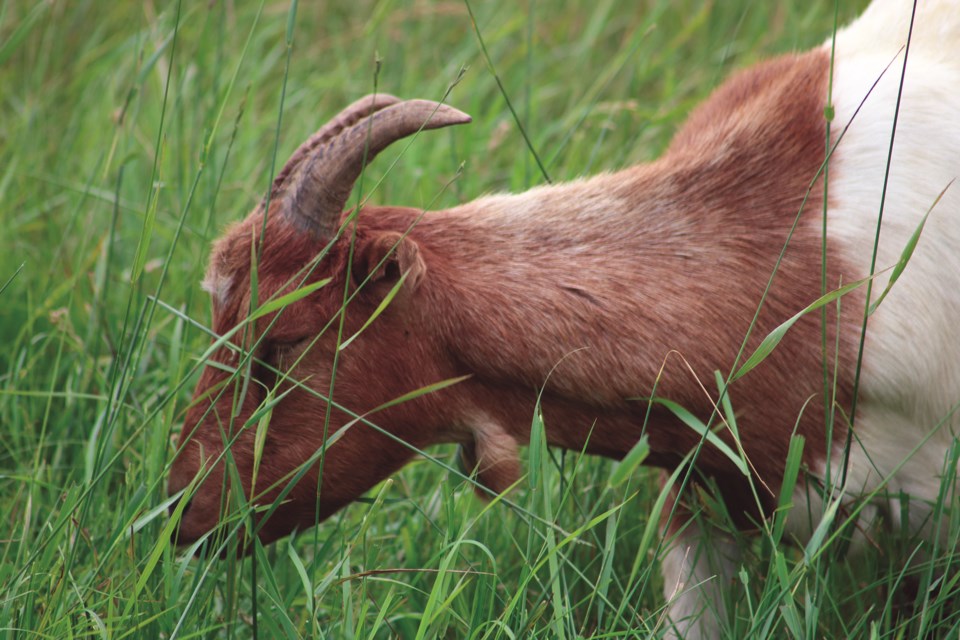As of Oct. 4, Fish and Wildlife Enforcement Services continued to investigate two incidents of livestock predation by a bear at a farm northwest of Fort Macleod.
The first incident happened sometime on Sept.13 when a bear is reported to have killed 22 goats on the farm, a Fish and Wildlife spokesperson said.
Fish and Wildlife responded by setting a trap, but the bear did not return. The trap was removed on Sept. 18
A second attack took place sometime on Sept. 26, when a bear killed an additional five goats.
Fish and Wildlife set another trap, which as of Oct. 4 remained in place as the investigation continues.
“Although efforts have been made, there have been no sightings of the bear to confirm whether it is a black bear or a grizzly bear, though initial tracks indicate it may be a black bear. Grizzly bears are rare in this area,” the Fish and Wildlife spokesperson said.
Media learned of the two bear killings through casual conversations at a recent MD of Willow Creek meeting.
The predation incidents were not agenda items, nor were they publicly discussed by council.
MD of Willow Creek professionals were at the farm discussing agricultural business when they were told about the bear killings.
“There’s been no shortage of grizzly bear population in our area,” director of agricultural services Carla Preachuk said.
“That’s fairly common information. There have been more and more sightings over the past few years out of the hills. This is one of the unfortunate ones,” Preachuk said.
And expect to see more bears as the human footprint encroaches on areas where bear paw prints were previously the norm, according to one southern Alberta rancher.
Tony Bruder ranches on the land he grew up on in the foothills and mountainous region near Waterton Lakes National Park.
Bruder, also an MD of Pincher Creek councillor, sits on the Waterton Biosphere Large Carnivore Working Group with Preachuk.
The committee has members from County of Cardston, MD of Pincher Creek, MD of Willow Creek, MD of Ranchlands, as well as representation from Parks Canada and the Nature Conservancy.
“Claresholm (and the MD of Willow Creek) is right on the edge of the Porcupine Hills, so the bears come, grizzlies specifically,” Bruder said.
Bruder said the bears are being pushed out of their habitat by human encroachment and expanding numbers.
“They are heading east, because they’re just running out of habitat. Their numbers are expanding and the landscape, you know, can only handle so many before they have to move. The sows are taking their cubs further east to get them away from the boars, and they’re starting to live out there.”
Bruder said grizzly bears have been reported as far east as Writing-On-Stone provincial park. They have been seen crossing Highway 2 in the Claresholm area.
“They’re (grizzly bears) expanding their territory quite drastically,” Bruder said.
In May, a grizzly sow and her two cubs killed 22 sheep at the Spring Point Colony 40 kilometres west of Fort Macleod. The sow and one cub were trapped and relocated.
Fish and Wildlife Enforcement Services is closely monitoring the situation and urges the public to remain vigilant.
Report any bear sightings or dangerous wildlife activity to the Report A Poacher hot line at 1-800-642-3800.



.jpg;w=120;h=80;mode=crop)
